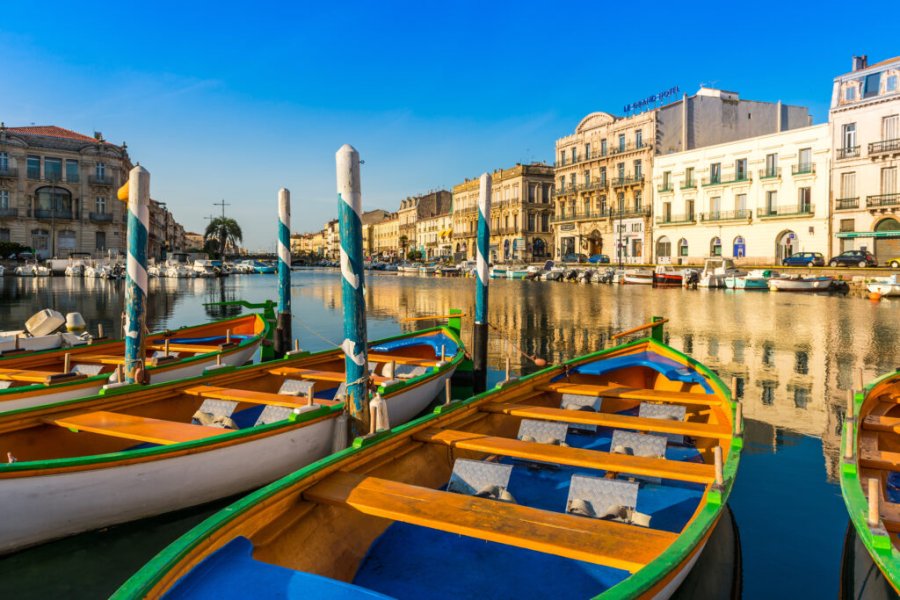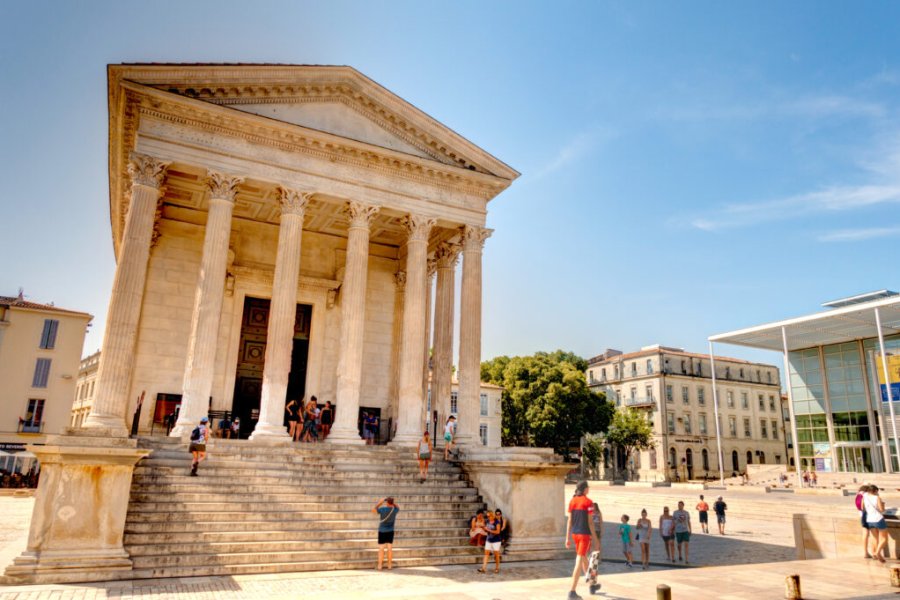Travel Guide Cantona
Find an accommodation
Advertising
Relatively isolated, it is located 100 km from Puebla, on the road to Xalapa; its visit constitutes a beautiful pause on the road to Cuetzalan. Described in the XIXth century by Henri de Saussure, it is an archaeological zone that probably owes its current name to a misunderstanding of the native phonetics, as it is often the case since the Spanish Conquest: the inhabitants of the region called it Caltonac (the house of the sun in Nahuatl). It is neither more nor less than the largest pre-Hispanic city that Mesoamerica has ever known, widely traveled by plunderers of all kinds before it was rehabilitated for visits.Little is known about this immense metropolis, except that it developed between 600 and 1000 AD under the impulse of Olmeca-Xicalanca groups, and that it may have participated in the decline of Teotihuacan by becoming a fortified city controlling trade between the Highlands of the Valley of Mexico and the Gulf of Mexico. It was also a center for the processing of obsidian extracted from the surrounding mountains. Then, at the turn of the second millennium, climatic changes seem to affect the region, the disappearance of the rivers that fed this then fertile area causing its decline and then its disappearance in the thirteenth century. Today it is located on a high plateau with a cool, dry climate, bordered by two volcanic mountain ranges that impose themselves to the north and east.
What to visit Cantona?
Advertising
Suggested addresses Cantona
Weather at the moment
Advertising
Organize your trip with our partners Cantona
Transportation
Book your plane tickets
Car Rental
Boat rental
Accommodation & stays
Find a hotel
Holiday rental
Find your campsite
Tailor-made trip
Immersion travel
Services / On site
Activities & visits
Find a doctor




